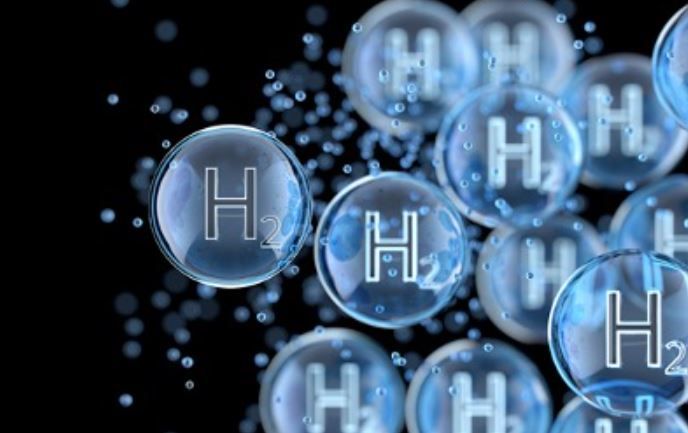Scientists have made a significant breakthrough in the field of hydrogen storage. They have developed a new supramolecular material that can efficiently store hydrogen.
The innovative material is composed of numerous molecular components that form a larger, complex structure. These molecular components are held together by non-covalent bonds, which are relatively weak interactions compared to covalent bonds. However, the collective strength of these non-covalent bonds allows the supramolecular material to maintain its stability and functionality.
One of the most remarkable properties of this new material is its ability to adsorb hydrogen gas at room temperature. Traditional hydrogen storage methods often require extremely low temperatures or high pressures, making them less practical for everyday use. In contrast, the new supramolecular material can function effectively under normal conditions, which could lead to more widespread adoption of hydrogen as a clean energy source.
Moreover, the material is reversible, meaning it can adsorb and release hydrogen multiple times without losing its efficiency. This reversibility is crucial for practical applications, as it ensures the material can be used repeatedly over long periods. The research team believes that this will significantly reduce the cost and complexity of hydrogen storage systems.
The development of this supramolecular material also opens up new possibilities for other areas of research. Scientists are hopeful that similar materials can be tailored for a variety of applications beyond hydrogen storage, such as carbon capture and drug delivery.





